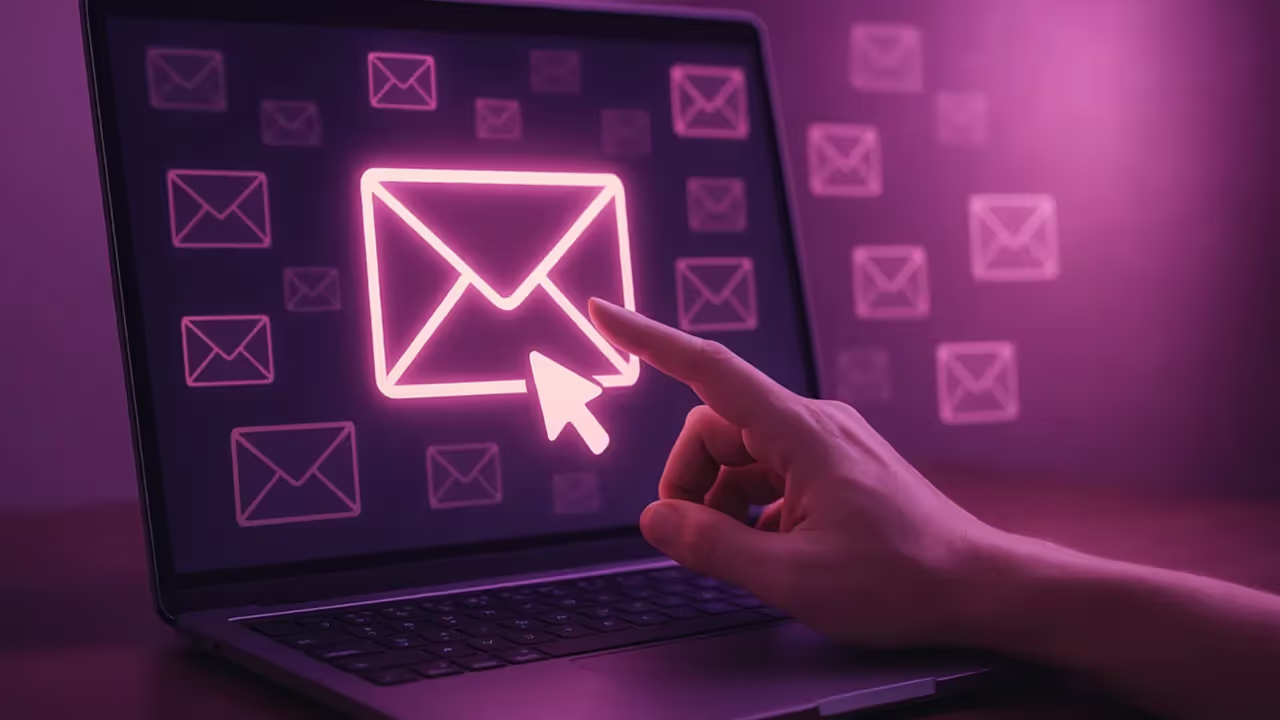Email Marketing Automation Trends for 2025: Top Examples
In the ever-evolving landscape of digital marketing, email automation stands as a cornerstone, continually reshaping how brands engage with their audiences. As we look towards 2025, understanding and leveraging the latest trends in email marketing automation becomes crucial for businesses aiming to stay ahead, especially in the age of AI. This blog delves into top examples of email automation that not only enhance customer interaction but also drive significant business growth. From welcoming new subscribers to re-engaging old ones, the strategies discussed here offer a comprehensive guide to maximising your email marketing efforts.
Enhancing Brand Recognition with Welcome Series Automations
The journey of a customer with a brand often begins with a welcome email. This first touchpoint is vital for setting the tone of the relationship and establishing brand recognition. Email automation plays a pivotal role in ensuring that this initial interaction is both memorable and effective. By automating a series of welcome emails, brands can consistently communicate their values, highlight key products, and encourage engagement.
A well-crafted welcome series should be more than a single greeting—it should be a sequence that gradually introduces the brand over several emails. Each email should serve a specific purpose, whether it's showcasing best-selling products, introducing the team, or providing a first-purchase discount. For example, the first email could warmly greet the new subscriber, followed by another that delves deeper into the brand's story and unique selling propositions.
Leveraging Browse Abandonment Automations for Cross-Selling
Often overlooked, browse abandonment automations represent a powerful tool in the arsenal of automated email marketing. When a potential customer shows interest in a product but leaves without making a purchase, these automations trigger personalised emails that remind the user of what they viewed. More strategically, they can also suggest related products, effectively cross-selling to increase the likelihood of a conversion.
To optimise these automations, it's essential to capture the essence of what the customer was browsing and pair it with complementary products. For instance, a customer looking at cameras might be interested in accessories like lenses or cases. An email automated workflow that follows up with product recommendations not only keeps the original product in mind but also enhances the shopping experience by providing useful alternatives.
Recapturing Lost Revenue with Abandoned Cart Automations
Abandoned cart automations are critical in recapturing potential sales that otherwise would be lost. By sending timely reminders to customers who have left items in their carts, these automated email workflows play a crucial role in boosting revenue. The key to successful abandoned cart emails lies in their timing, personalisation, and incentive structure.
A compelling abandoned cart email should remind the customer of what they’ve left behind, provide a clear call to action, and perhaps offer a small incentive like free shipping or a discount code to nudge them towards completion of the purchase. Timing is also critical; sending an email too soon can seem pushy, while too late might mean the customer has already lost interest.
Typically, an email sent within 24 hours strikes the right balance between promptness and giving space.
Building Personal Bonds with Thank-You Automations
The power of a simple 'thank you' should never be underestimated, especially in the digital realm where personal touch can often be lost. Thank-you automations are a fantastic way to build deeper connections with customers after a purchase. These emails not only show appreciation but also open the door for further engagement and relationship building.
A successful thank-you email goes beyond the basic acknowledgement of a purchase. It might include a personal message from the CEO, information about the product's journey, or a sneak peek into how the purchase helps the company achieve wider goals, such as sustainability efforts. By making this communication heartfelt and meaningful, brands can create a memorable experience that encourages loyalty and positive word-of-mouth.
Educating New Customers Through Instructional Automations
Once a customer has made a purchase, it's crucial to ensure they get the most out of their new product. Instructional automations serve this purpose by providing valuable information on how to use or care for the product. This proactive approach not only enhances customer satisfaction but also reduces the likelihood of returns and negative reviews.
Effective instructional emails should be clear, concise, and easy to follow. They might include video tutorials, step-by-step guides, or even links to more detailed articles or user forums. For example, a customer who purchases a new smartphone could receive an email series that highlights lesser-known features or accessories that enhance the device's functionality. Such thoughtful communication helps to educate the customer, fostering a sense of investment and value from their purchase.
Simplifying Customer Feedback with Product Review Automations
Gathering customer feedback is essential for any business looking to improve its products and customer service. Product review automations make this process seamless by automatically soliciting feedback after a purchase. These emails are crucial for businesses to understand customer perceptions and areas where they can improve.
The key to effective product review emails is timing and simplicity. Sending them shortly after the customer has had enough time to experience the product ensures the feedback is relevant and fresh in their minds. The email should be straightforward, with a clear call to action—such as a star rating system or a simple form to fill out. Offering a small incentive, like a discount on future purchases, can also increase the response rate.
Encouraging Repeat Purchases with Replenishment Automations
For products that are consumed and need replenishing, such as cosmetics or supplements, replenishment automations are a strategic way to encourage repeat purchases. These emails are timed to coincide with the estimated time the product is likely to run out, reminding customers to reorder, which increases convenience and enhances customer retention.
Replenishment emails should be personalized based on the customer’s previous purchase history and consumption patterns. They might include a special offer or highlight the benefits of subscribing to the product for hassle-free automatic reorders. Effective replenishment emails make the repurchase process as easy as possible, with direct links and clear instructions on how to complete the transaction.
Capturing Every Opportunity with Back-in-Stock Automations
In a world where product availability can fluctuate rapidly, back-in-stock automations play a vital role in capturing sales that might have otherwise slipped away. These emails alert customers when previously unavailable items are once again ready for purchase, acting as a gentle reminder that drives traffic back to your website.
To maximize the impact of back-in-stock emails, it’s crucial to send them promptly as inventory is replenished. The content should be straightforward, focusing on the excitement of the product’s return and making the purchase process as simple as a single click. These emails not only help recover potential lost sales but also improve customer satisfaction by keeping interested buyers informed.
Celebrating Customer Milestones with Birthday Automations
Birthdays are a perfect opportunity to celebrate your customers on a personal level. Birthday automations can significantly enhance customer loyalty by making individuals feel valued on their special day. These emails often include a personalized birthday message and a unique offer, such as a discount or a free gift, encouraging customers to treat themselves with a purchase.
Effective birthday emails should reflect the brand’s personality and resonate with the customer’s interests. Incorporating user-friendly design elements like bright colors, festive images, and clear call-to-action buttons can make these emails more engaging and enjoyable. This personal touch not only delights the recipient but also drives engagement and sales.
Conclusion
Email marketing automation remains a cornerstone of effective digital marketing strategies. As we look towards 2024, the trends and examples discussed in this blog highlight the dynamic ways in which automated emails can enhance customer engagement, streamline communication, and ultimately drive business growth. By implementing these automation strategies—from welcoming new customers to celebrating their milestones—businesses can create more meaningful connections and ensure a steady flow of engagement and sales.
Embracing these email automation trends will not only help businesses keep up with the digital marketing evolution but also forge stronger relationships with their customers. As we advance, the integration of sophisticated email automation tools and thoughtful, personalized content will continue to be key differentiators in the competitive landscape.




.svg)





.avif)








